In February 2007, The Blackstone Group, led by Jonathan Gray, acquired Sam Zell's Equity Office Properties Trust (EOP) for $39 Billion (including debt). At this time, Equity Office Properties was the country’s largest manager of office buildings, with over 500 buildings and 100 million SF across many U.S. markets. Despite the timing of the buyout and the risk associated with the upcoming recession, Blackstone capitalized on the real estate bubble by unloading many of EOP’s properties over the course of the few months following the acquisition. After this, Blackstone held a portfolio of trophy office properties that were essentially recession-proof. Almost 10 years after the buyout, Blackstone estimates it will triple its initial investment. This buyout of EOP is widely considered to be one of the largest and most successful real estate private equity deals of all time.
Equity Office Properties was started by Sam Zell and his college fraternity brother, Robert Lurie. Zell and Lurie noticed opportunities in the mid to late 1970s and aggressively acquired distressed multi-family, retail, and office assets with a long-term plan of holding the assets for income. To effectively implement their long-term approach to investing, Zell and Lurie created separate property management vehicles for each of the asset types, thereby creating a platform that could sustain rapid growth. In 1976, Zell and Lurie began using the Equity Office name for the acquisition and management of their office buildings across the United States. They continued buying high-quality, distressed office properties throughout the country. During this time, the nominal value of Equity Office's holdings increased significantly, providing Zell and Lurie with plenty of equity in their properties; this allowed them to borrow more capital and invest in more properties. By 1996, Zell had built up an $4.8B office portfolio consisting of 32 million square feet in 90 buildings. That same year, Zell formed Equity Office Properties Trust, a real estate investment trust (REIT), which would hold all of the company's office properties, while opening up the company to high growth potential and liquidity through stock sales. In its market debut, Equity Office Properties Trust sold 25 million shares at a price of $21, raising about $500 Million from a partial sale of the company's equity. In the following years, EOP continued its rapid growth through its $4.0B acquisition of Beacon Properties Corp in 1997 and its $4.6B acquisition of Cornerstone properties in 2000. In 2001, Equity Office continued its aggressive acquisition strategy by acquiring Spieker Properties, a REIT with holdings concentrated on the West Coast, for $7.2 Billion. Following this acquisition, EOP was about three times larger than the next largest office REIT, Boston Properties.
Blackstone’s Gray knew that many of EOP's assets in Los Angeles, San Francisco, Boston, and New York City were irreplaceable, trophy properties which would attain high prices if sold to local REITs, pension funds and sovereign funds who had long been eyeing some of EOP's individual buildings. Within the past few years, Gray attempted to arrange buyouts of EOP with two separate partners. EOP’s CEO Richard Kincaid responded that EOP would only consider a "Godfather offer," which temporarily turned Gray off to the idea of acquiring EOP.
Following negotiations and a bidding war with Vornado Realty Trust, Blackstone upped their original offer of $47.50 to $55.50 per share for a total amount of $38.7 billion. Blackstone had leveraged its buyout with $32 billion of debt from Bear Stearns, Bank of America, and Goldman Sachs, as well as an additional $3.5 billion of equity bridge financing. Blackstone brought only $3.2 billion to the closing table, amounting to less than 10% of the total acquisition price. In a rapid and aggressive sell-off of many of EOP’s properties, Blackstone was able to pay off its debt and decrease their risk before the market downturn.

